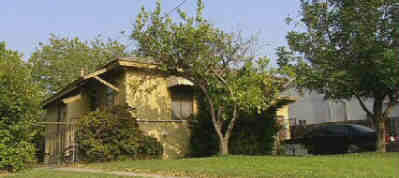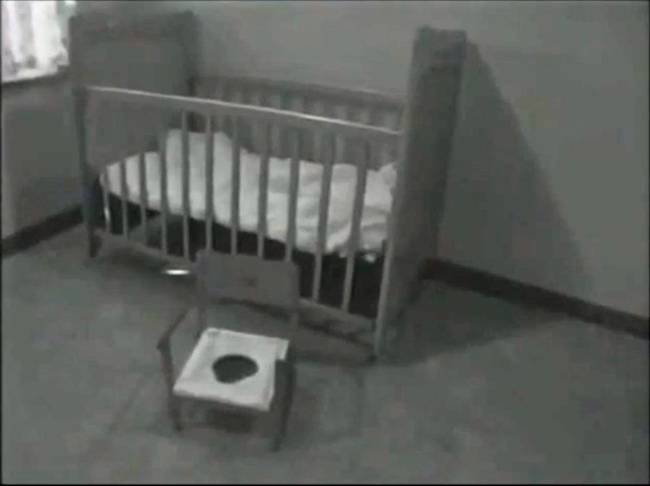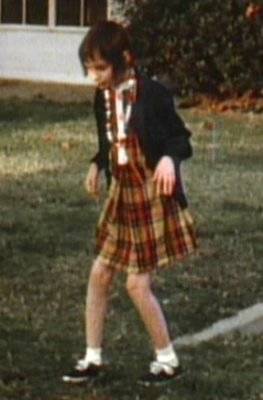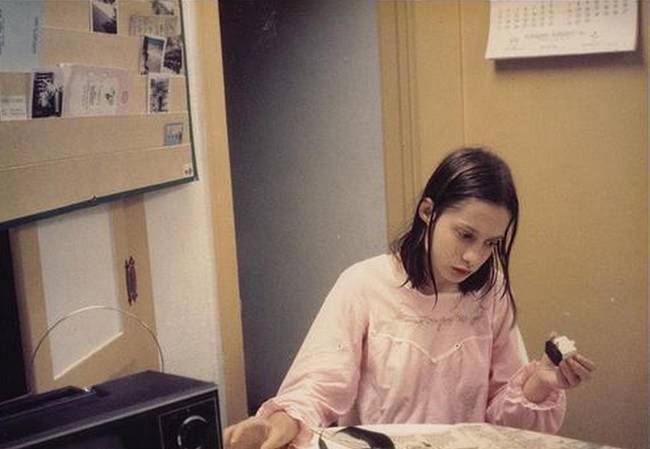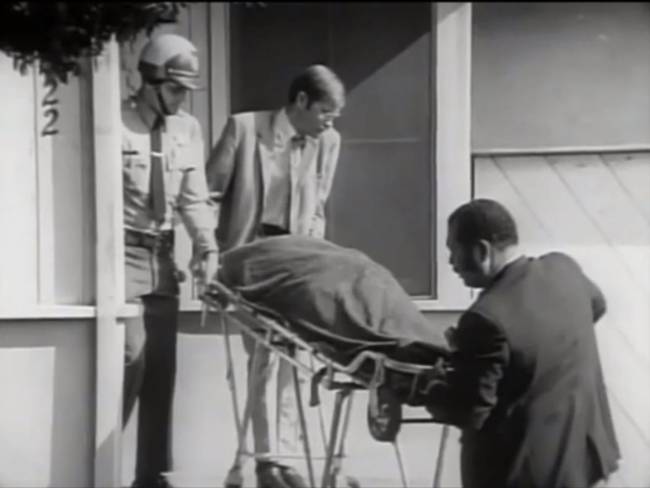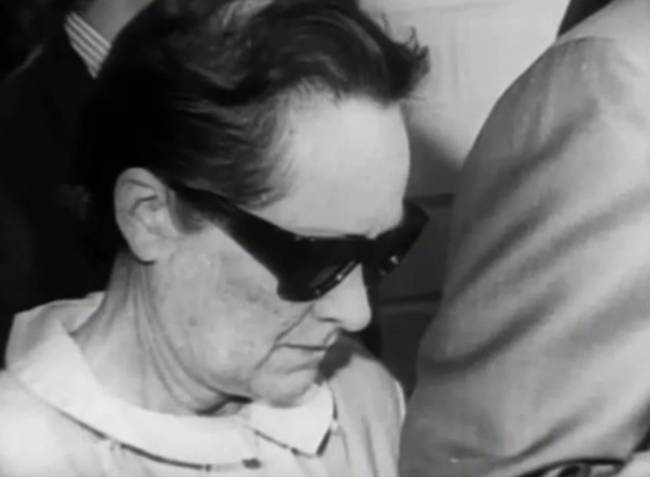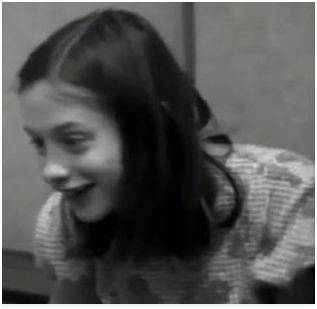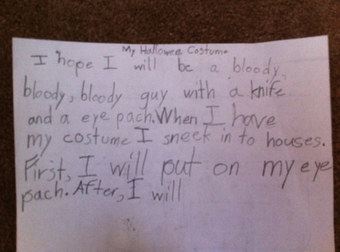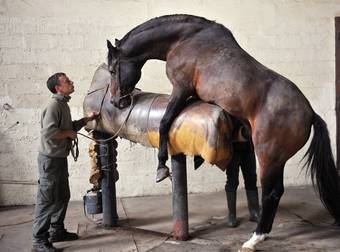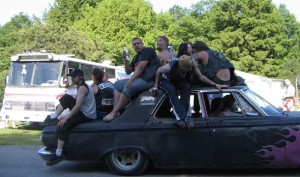November 4, 1970, a near blind woman inadvertently led her daughter into the Temple City, California, social services building. The social worker that greeted them found it odd that a disabled woman was walking around unaided, but she found the mannerisms of her daughter even stranger. The girl looked malnourished, scared, and unnaturally quiet. When the mother reported the girl’s age, the worker knew something had to be wrong. Although exhibiting the appearance of a 6 or 7-year-old, the girl was 13. She also had no concept of language. Days later, this woman and her husband were arrested for child abuse.
Known by the pseudonym Genie, this young girl experienced probably the most abusive childhood ever recorded. Because of the severity of her underdevelopment, many psychologists jumped at the chance to study such an isolated specimen of a human being. If only they had a chance to treat her with the love and compassion she needed, she might have been saved.
The House Of Quiet.
Neighbors of this seemingly normal house in Temple, California, knew an older couple lived inside. The wife was known to be partially blind and the husband was a loner. They also were aware of the couple’s son, and that they were quiet. That’s all.
Genie.
At the time of her birth, Genie’s father thought that she was mentally challenged. From the time she could sit up until the age of 13, he kept her strapped to a toilet. The toilet also had a sling that constricted her arms and legs. She was fed no solid food. Her mother and brother were discouraged from talking to her. At night, she was constricted in a crib with a metal screen cover.
Symptoms Of Neglect.
At the time of her rescue, Genie was found to be very malnourished and underweight. Although she was a 13-year-old, she stood at only 4 ft. 6 in. and weighed only 59 pounds. Due to the physical restrictions during growth, her ribcage was undersized. Because of the amount of time she spent on the toilet, her buttocks had a heavy black bruise on it and sores. She walked with a distinctive “bunny walk”, with arms curled up in front of her for protection.
Communication.
Genie’s mental age was tested twice. Both times, her development was scored as that of a 13-month-old. Because of her isolation for so many years, she had no vocabulary or language skills. She was almost entirely unresponsive to human speech. She did not cry. Some reports say she could not cry. When upset, she would rub mucus on her body and urinate.
The Scientists.
The team of researchers determined that the only way for Genie to recover would be for her to create loving relationships with people. One researcher, James Kent, began acting almost like a paternal surrogate, eating breakfast at the table with her and tucking her in at night with a story. At first Genie seemed unresponsive, but one day as Kent was leaving, Genie resistantly pulled at his arm, expressing a desire for him to stay.
The Father.
Genie’s father shot himself in his home soon after authorities found Genie. He wrote a suicide note that ended ominously, “The world will never understand.” Perhaps we never will.
The Mother.
In 1978, Genie’s mother suddenly forbade scientists to study and take care of Genie. The few scientists who saw Genie after this separation feared that her development regressed due to the abuse she faced in various foster homes.
Where is she now?
There was a time that nobody knew where exactly Genie was (except for her mother). One former scientist even hired a private investigator in 1990s to locate Genie. Recently, ABC reported that an adult Genie had been found in a public ward, not unhappy, but quiet once again.
To hear more about Genie, watch this documentary on her by Everywhere Psychology, which can be found here on YouTube.
It’s impossible to fathom why Genie’s parents abused her in such a way. No mother or father should ever abuse their child in such a way. Hopefully, after being freed, Genie found some kind of solace in her new life.
